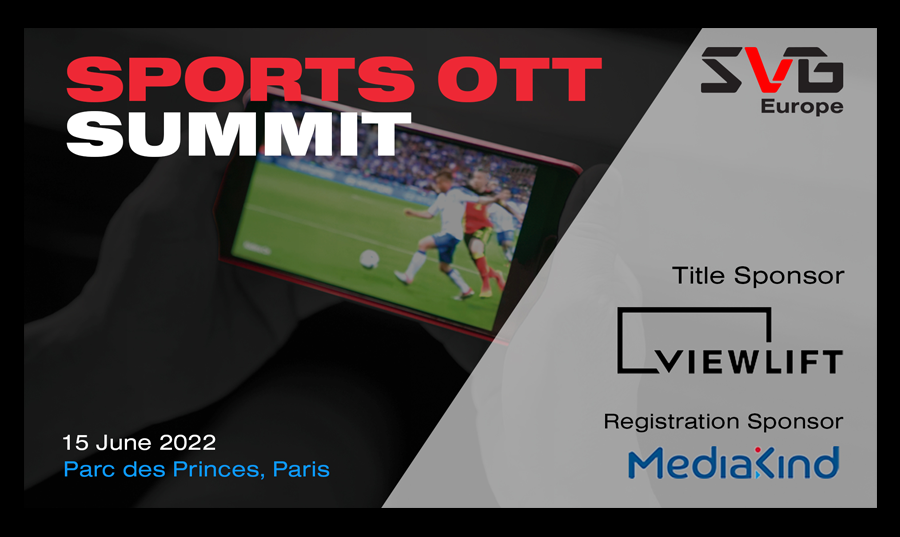By its very nature, live content needs to be delivered as close to ‘live’ as possible with minimal buffering to appease even the most forgiving of fans. To live in a world where we can stream live without limits, overcoming issues of scale and latency is vital. Just imagine watching the FIFA World Cup Final later this year and being notified of the score updates via a news app on your phone before watching it live on your screen?
Although there is always an element of delay with online video streaming due to how the video is processed, packaged, and delivered, broadcasters and content owners face increasing pressure to provide live content experiences of the highest quality regardless of these barriers. This calls for a close examination of the end-to-end streaming pipeline to ensure it’s as optimized as possible. I’m looking forward to discussing this with industry leaders at this week’s SVG Sports OTT Summit.
Delivering ‘Live without Limits’
As mentioned in my previous blog, 2022 is still the year that sports streaming could finally catch up with broadcast feeds in terms of latency. However, that is just one latency hurdle. The speed of social media presents yet another latency consideration to overcome, and the third is being able to incorporate data feeds in near real-time, which can impact other industries such as betting.
Even having a two-second delay in sports betting could be the difference between money won and lost. This hugely affects the overall fan experience, whereby sporting app notifications can be way ahead of the live footage, often informing the fan of a goal being scored tens of seconds before the live action.
For many, an acceptable end-to-end latency will be reduced to sub-seven seconds (equivalent to broadcast-type transmission). It means broadcasters can eliminate the risk of social media or push notifications ruining key moments for the fan.
And as I highlighted in my recent article for SVG Europe, meeting the expectations of today’s sports fans ultimately boils down to finding the balance between live streaming delivery at scale and meeting the requisite standards for high quality and low latency. Top-tier sports rights owners can no longer justify streaming services that are less than five-nines quality – fans expect seamless, reliable services every time.
Join me at SVG Sports OTT Summit on Wednesday 15th June!
If you’re interested to understand more about improving stability and reducing latency in live streamed sporting events, join me at the upcoming SVG Sports OTT Summit on Wednesday, June 15, 3:50pm CET. It’s being hosted at the magnificent Le Parc des Prince – the home of Paris St Germain! I’ll be joining Julien Libeau of Worldcast and Steve Russell of Red Bee Media to give real-life examples of what is being done and what can be done to deliver high-quality signals as quickly and efficiently as possible.
Feel free to reach out to me or my MediaKind colleague Paul O’Donovan if you want to meet in person in Paris to learn more about MediaKind‘s offerings and how we are realizing a streaming future where live can be delivered without limits.



